Discovering the island’s most charming villages
Corfu is not just a tourist spot, but it also has some very beautiful, old, traditional villages scattered around the island, most of which preserve their history and customs and have not been touched by uncontrolled tourist development.
Corfu is not particularly large; it is the 7th largest Greek island, but it is very densely populated to the point that there are over 200 villages and settlements.
Exploring Corfu’s best villages is the perfect way to discover the unique charm of this Greek island.
From the picturesque mountain retreat of Old Perithia to the cobblestone streets of Koinopiastes, each village offers its unique character and heritage.
Many traditional Corfu villages are still free of the tourist crowds and offer a glimpse into traditional Greek life, with traditional buildings and old mansions, traditional cuisine, and local culture.
The traditional Corfu villages of Agios Mathaios, Nymphes, and Pelekas are ideal for those looking to explore the culture and customs of the region. With stunning landscapes and charming streetscapes, each village offers a unique experience that must be experienced to truly appreciate.
In villages, casual slang and playful expressions dominate conversations, reflecting the everyday life of locals.
Most visitors to Corfu are aware of only the tourist parts of the island. They still know the most beautiful beaches with the big hotels and the places of archaeological and historical interest, such as the old Corfu town or Achilleion palace, but they ignore the real Corfu, which lives in the island’s old and traditional villages.
And there are many of them, mainly old mountain villages where time moves very slowly and which have been inhabited since ancient times.
They present an important and rich architectural and urban planning interest since they are influenced by the Venetian presence on the island.
The most difficult for us was the selection of the most beautiful among the dozens of candidates for the title of the best Corfu villages.
But let’s take a closer look at the 11, in our opinion, most important and beautiful old villages of Corfu.
Nymphes


A village built at an altitude of 200 meters, on a slope of the Pantokrator mountain that dominates the northern part of the island. The first time that the name appeared in official documents was in 1347; therefore, it is indeed a very old village.
The area is surrounded by lush vegetation with olive groves, oak trees, huge plane trees, and cypress trees. This makes it an ideal place for walking tourism.
However, the village owes its special character to its springs and waterfalls, which are unique on the island. These springs could sustain up to 21 watermills in the past, but today we find only the ruins of them close to the village. The vegetation is vigorous, and the waterfalls are simply beautiful.
The village took its name from these springs in which, according to mythology, water deities, Fairies, or Mermaids, who in ancient times were called Nymphs were lived here. Nymphes means the place of Mermaids.
The Settlement is built according to the standards of Corfu architecture with Venetian, Frankish, and British influences.
If you visit the village, the souvenir you will buy will be some Kumquat derivative, such as a sweet or a liqueur, since this traditional citrus fruit, originating from China, is cultivated here in large quantities due to the abundant waters.
Festivals and all kinds of local cultural events happen almost every day in the Corfiot villages, one of them is the Dance of the Priests, which takes place simultaneously in the nearby village of Episkepsis and here.
The priest of the village starts the dance, and all men follow each other in turn according to their age and their social position in the community. The chorus repeats the verse that the priest says without the accompaniment of music. See more here.
Lakones


Lakones is another beautiful, picturesque old village in the northwest of the island. Perched on the mountain, Lakones is the village that gives Paleokastritsa half of its beauty.
Yes, don’t be surprised, from here the admittedly beautiful Paleokastritsa looks even better.
From Lakones, one can enjoy the picturesque scenery of the varied coastline, which is, according to many, the most beautiful part of the island.
From the village, you can see both the beaches inside the settlement of Paleokastritsa and also the beaches further south, which are the most isolated and beautiful, such as Rovinia.
There is no intense tourist development here; despite this thought, there are several restaurants and rooms for rent for those who enjoy the quiet of the old village better than the intense tourist traffic of the beach.
And always, let’s not forget the amazing view.
Pelekas
Pelekas lies 13 km west of the town of Kerkyra, on the west Corfu coast, up on a hill.
It is indeed one of the oldest and prettiest Corfu villages.
Pelekas has very interesting architecture. The old houses seem to be perched on the slopes with the main road running between them, climbing towards the top.
But this isn’t all. From here, one can enjoy spectacular views and magical sunsets, as this mountain village has a clear view of the west Ionian Sea. If the weather is clear is possible that southern Italy can be seen.
There are beautiful souvenir shops and cafés in the village, also traditional restaurants offering delicious Corfiot dishes aren’t missing.
The famous spot from where the whole of middle Corfu offers a spectacular view is the Kaiser’s Throne, at the top of the hill, which used to be the favorite spot for the German emperor Kaiser Wilhelm II. There is a cafe near the hill of the Throne from where the views are unique.
The village has its beach called Kontogialos, a very busy sandy beach at a close distance from other famous beaches of the island, such as Glyfada and Myrtiotissa.
Benitses
Benitses is one of the oldest traditional villages in Corfu.
According to official documents, it has existed since 1200CE with the name Penitise, but the ruins of the existing Roman villa with baths indicate that the place was inhabited since antiquity.
It is the perfect combination of mountain and sea as it lies in the middle of a valley at the center of Corfu’s east coast, very close to the city of Corfu.
Today, the traditional part keeps all its old-style glory with old renovated houses and all its natural beauty despite the intense tourist development which started back during the 60s.
This beauty coexists with excellent tourist facilities such as hotels of all categories, rooms, and studios.
Benitses village, without a doubt, is an idyllic place, worldwide famous in the past, with a current presence in tourism and great prospects for the future that every tourist to Corfu must visit.
Petriti


Petriti is a very traditional Greek fishing village in the eastern Gulf of southern Corfu.
The fishing boats return with their catch, so if you’re lucky enough to be there when the boat comes in, you’ll probably eat the freshest fish you’ve ever eaten in your life!
Many fish taverns exist along the coast here, and in recent years, they have also adapted to the tastes of foreign visitors.
Across the bay are the saltpans of Lefkimi, and closer is a small island that a resident has declared to be his republic!
Petriti is accessible by two roads. One is the coastal road from Messonghi, which follows the relatively quiet coast right next to the sea, and also passes by Boukari, a small fishing location.
The second starts from the main road to the south of the island. When you reach Argyrades, you turn left, and in a little while, you will reach Petriti.
Today, Petriti is a relatively large village, since in recent years it has expanded inland far from the sea. It remains, of course, a quiet village, which will remind the older visitors of the old Greece, before the arrival of fast food and loud music.
The sea remains shallow for several meters from the shore and is therefore safe even for small children.
Old Perithia
Perithia is built at an altitude of 450 meters on a plateau of eastern Pantokrator, near Kassiopi.
It is perhaps one of the oldest, if not the oldest, villages of Corfu, as the area has been known since 300 BCE.
The village is said to have been built by devastated people who lived close to the beach when they were hit by a tsunami.
But also, the fear of pirates during the Middle Ages forced many inhabitants to choose mountainous, inaccessible, and invisible places from the sea to build their villages.
The same happened to many other old mountain villages on the island, too.
During the Middle Ages and up to 1400AD, the population increased mainly due to this protection from pirates since the village is not visible from the sea at all.
There were very rich mansions and large schools here, as evidenced by the ruins, and in general, the village flourished.
But despite the isolation, the village was affected very badly by the malaria epidemic that ravaged Corfu in the 15th century, forcing almost all the inhabitants to abandon it. This was the start of the end of Old Perithia
Later, the advantages of isolation during the Middle Ages became disadvantages when piracy disappeared and the great tourist flow to Corfu began.
Life in the mountainous environment of the village became difficult, and so the remained inhabitants moved down to the nearest tourist areas, such as Kassiopi and Acharavi, to find work.
Inevitably, little by little, the village was abandoned and began to fall into disrepair.
But in 1980, the whole of old Perithia was declared a preserved cultural monument, and this changed the village’s fate; it was the beginning of its rebirth.
A little later in 2009, Mark from London and Saskin from the Netherlands fell in love with the village and decided to invest in it.
They bought a dilapidated mansion and renovated it, keeping its architecture intact. This house became a small hotel.
Their example was followed by many descendants of the old residents who started repairing the old houses, slowly bringing life back to the ghost village, because that’s what Perithia was called before 2009.
Today, around 130 houses have been renovated, using the stone of the area, following the local Corfu style and preserving the Venetian elements.
There are still old mansions and the church of Agios Iakovos at the entrance of the village, which is considered one of the most remarkable monuments. But also several taverns that attract people from other places and give life and income to the now permanent residents.
Please note that cars and swimming pools are prohibited in the settlement.
The village today is one of the most beautiful retreats of Corfu, and many artists and writers live there.
Stavros


Stavros is a small traditional mountainous village at an altitude of 400 meters, almost in the center of the island. It is an old and very picturesque village without tourist development.
Life here is typical of a small Greek village, and it is worth a visit.
Nevertheless, there are some rooms for rent here and there and some cafes for a drink that offer a fantastic view of almost 70% of the island, and especially many villages and landscapes located in the southern part of Corfu.
Stavros is located on the mountain that hangs above Benitses, the distance between the two does not exceed 1000 meters, and there are many paths, and including a normal road that connects them.
These are ideal paths for hiking lovers, while houses or small churches pop out of the lush vegetation with a great interest for visitors.
Agios Mattheos
Agios Mattheos, or Ai Mathias, as the locals call it, is a large village in the southwest of the island near the beach of Halikounas.
It is built at an altitude of about 150 meters, behind Mount Gamelion (Wedding), a conical mountain with a peak of 465 meters, which completely hides the village from the sea.
Agios Mattheos is officially classified as a traditional village of Corfu.
Unfortunately, the population is constantly decreasing. In 1960, there were more than 2000 residents living here, which slowly decreased. In 2011, there were only 1000, and the majority of them were elderly.
Unfortunately, today and after the 2021 census, there are even fewer.
The settlements of Chalikounas and Skala, both amazing beaches, also belong to the village.
There is no tourism here, and the inhabitants are employed almost exclusively in agricultural and livestock activities.
The village, for many decades, has had its football team called OFAM, which comes from the acronym of the words Omilos Filathlon Agios Matthaios(Group of Funs of Agios Mattheos)
And there is also a normal field with grass, one of the few on the island that exists in villages.
The life of the inhabitants flows calmly through their agricultural pursuits, while during free hours and holidays, the many coffee shops of the village, which are mainly located in the square crossed by the main road, are full.
Residents gathered there, playing cards, discussing or arguing, or simply lazing around. It is a typical Greek rural village.
Tradition says that the mythical king of the Phaeacians, Alkinoos, got married at the top of Mount Gamelion.
There are also several attractions in the area, with the main ones being the Venetian alleys and the colorful houses of the settlement.
- The Pantokrator monastery on Mount Gamelion.
- The forest with pines on the way to the monastery.
- The Grava cave, also on Mount Gamelion, is a cave of great importance since the findings there reveal Paleolithic and Neolithic settlements in the area, which communicates with the sea through the so-called “Hole of Pelau” (The hole of the open sea)
- Finally, someone should see the Gardiki fortress, an octagonal castle with eight towers and three gates, dating from the time of the Despotate of Epirus, built by Angelos Komnenos at the same time as two other castles of Corfu, Angelokastro, and Cassiopi’s castle(13th century).
Chlomos
Chlomos lies on the East Southeast side of the island, about 20 km from the town, and is one of the oldest villages of Corfu and one of the most picturesque on the whole island. Some call it the “Balcony of Corfu” because from there, at an altitude of 270 meters, you can enjoy a wonderful view, both of the southern part of the island and the eastern coastline of Corfu.
Chlomos was built around the 13th century on the slopes of Chlomos mountain and has special architecture. Its houses are built around the central square and not along any central road. Most are of Venetian architecture and are painted in red and orange colors, giving the village a distinct traditional image.
If you wander through its cobbled streets, you will discover many old mansions, including that of the Despot of Morea(Peloponnisos), Thomas Palaiologos, brother of the last Byzantine Emperor Constantine Palaiologos. This mansion dates back to the 15th century.
Going up towards Chlomos, you will have the opportunity to admire from above the Korission lake, which extends over an area of 6,000 acres and is one of the most important wetlands on the island, as well as the wonderful Cedar Forest of Issos.
According to tradition, the name Chlomos(which means pale) came from the appearance of the inhabitants, who were pale because the area had been hit by malaria at the beginning of the 19th century.
Lefkimi


Lefkimmi is built around the river that flows out near the Lefkimi port and is one of the oldest villages of Corfu.
It is located in the southernmost part of the island, about 40 km from the airport of Corfu.
Its name was used in the 11th century by the Andegavs to name the entire area of southern Corfu.
Until about 1980, it was the most neglected town of Corfu with dirt roads, old houses, and a sense of misery since it was almost the poorest area of the island.
But these are a thing of the past because, after 1980, vertical development began with the construction of the ring road that bypasses the city and ends at the port.
The large port of Lefkimmi is today the second largest port of Corfu. With a daily ferry service to the port of Igoumenitsa on the opposite mainland coast, the cost of the ferry is less than that of the port of Corfu, and this may be of interest to those who want to travel cheaply.
So today Lefkimi is a modern city, the second in Corfu after the capital, while the old streets have grown in size and quality, and the houses have been renovated.
There are narrow streets full of mansions and country houses, as well as rooms for rent, although the town has no tourist activities.
Lefkimi has many interesting Italian-style churches located in the upper town.
Very close by are also the salt pans that, until a few years ago, produced salt; today they are closed, and the old buildings have become a wildlife refuge, where flamingos, egrets, and many migratory birds can be seen.
The sea in the salt flats is impressively very shallow, warm, and sandy, even for kilometers away from the shore, so it becomes ideal for children.
Historical detail: Lefkimmi was the scene of a daring rescue operation in World War 2 when a Lancaster bomber crashed. Some locals rescued the crew, hid them, and then drove them to Kontokali, where they were picked up by a British submarine.
In brief
In this short list, we certainly can’t cover all the beautiful traditional villages of Corfu; maybe we did an injustice to some that are missing from our list.
We certainly missed many large, small, picturesque, or traditional villages of the northern and middle parts of Corfu. For instance, some of them are Avliotes, Karousades, Agros, Doukades, Upper and Lower Korakiana, Sokraki, Spartilas, Gastouri, Koinopiastes, and many more. None of them is touristy, and their inhabitants survive by agriculture and stock raising.
So, the choice was very difficult; after all, Corfu has more than 200 villages, most of them unknown to tourists. Our objective is to encourage you to leave the beaches and crowded tourist places for a while and try to get to know the real Corfu.
In the atmosphere of Corfu’s unique villages, the turbulent history and the traditions and influences are still very much alive.






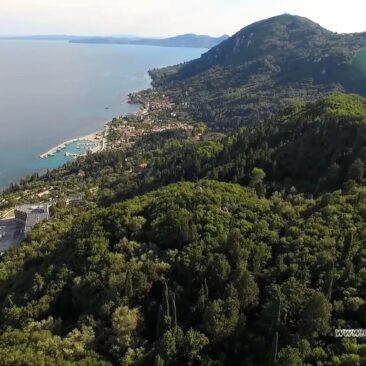


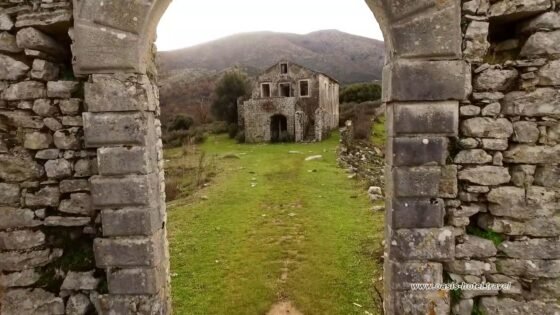

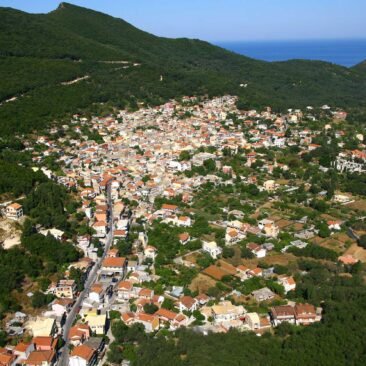






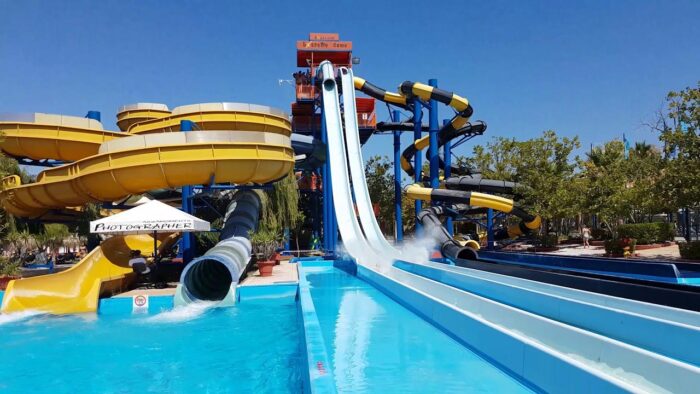
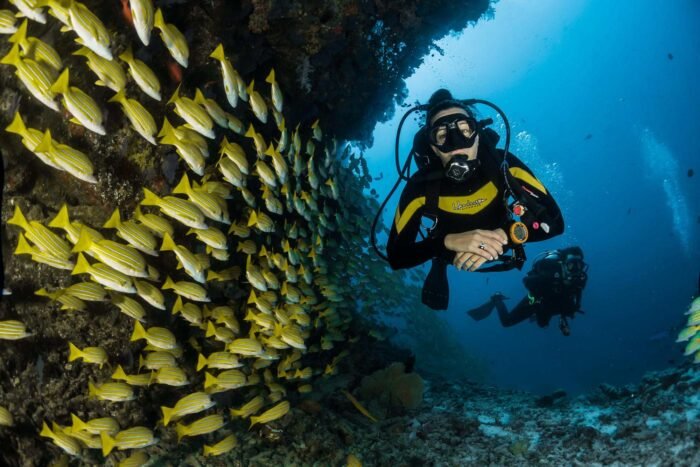
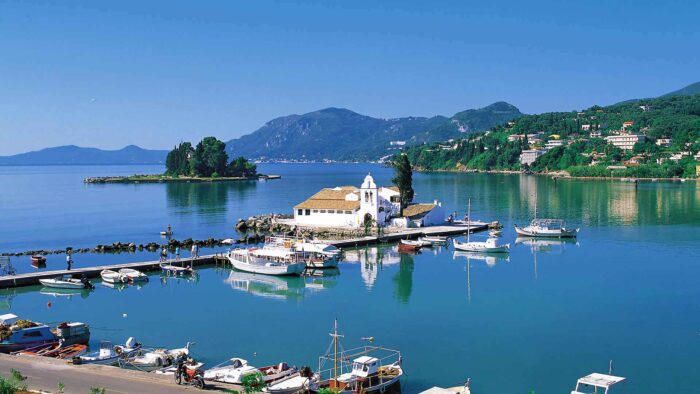
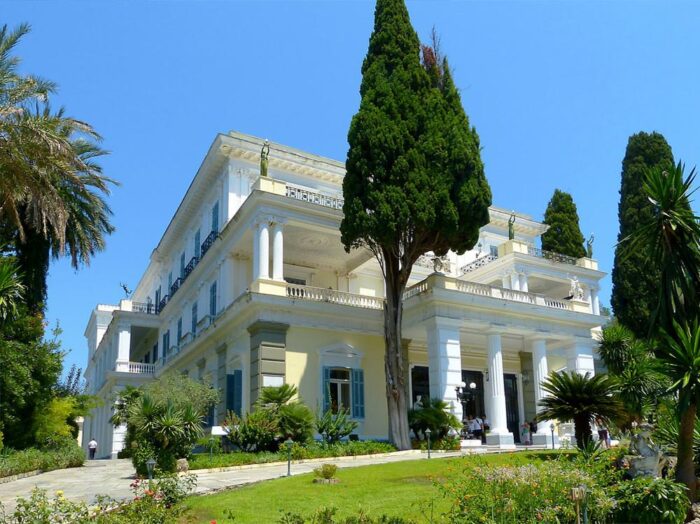

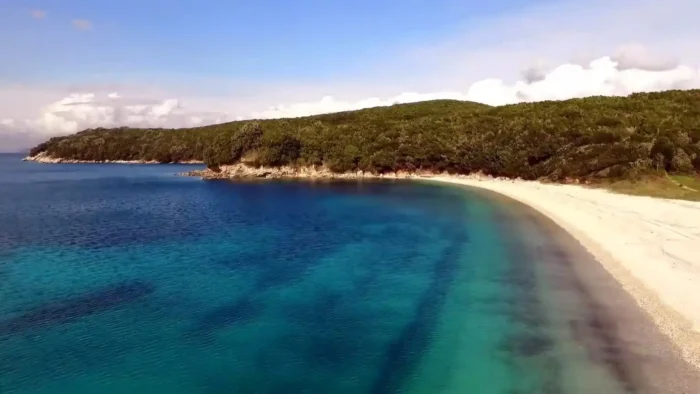
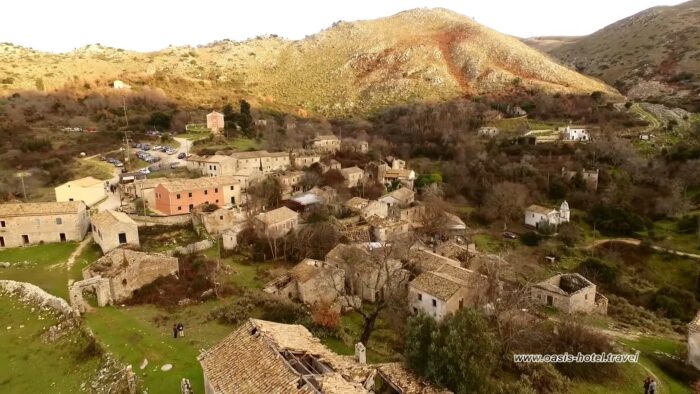

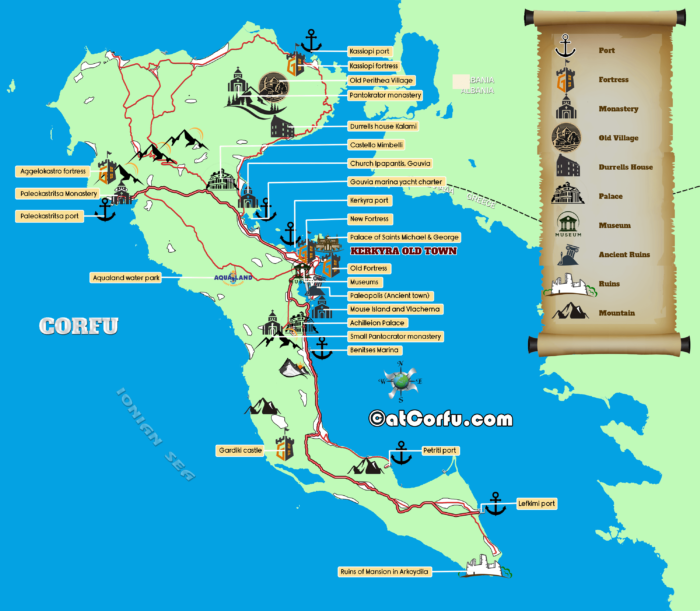
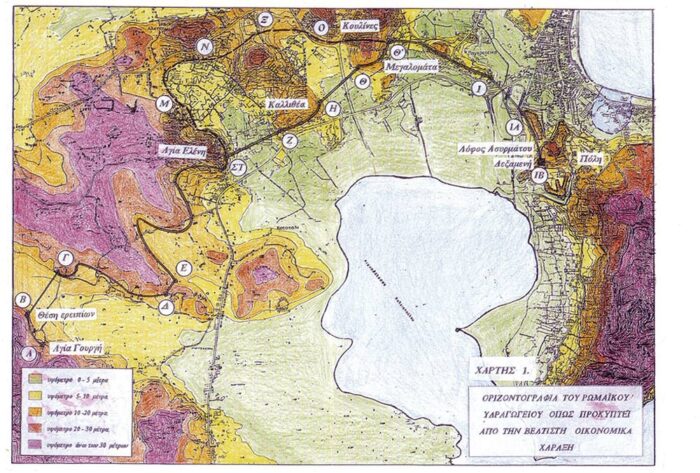
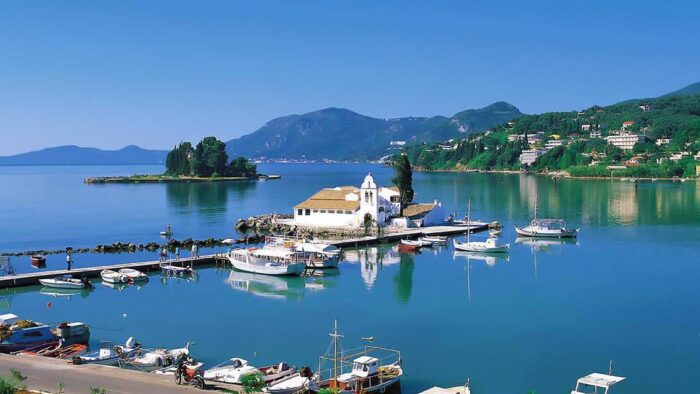

Comments